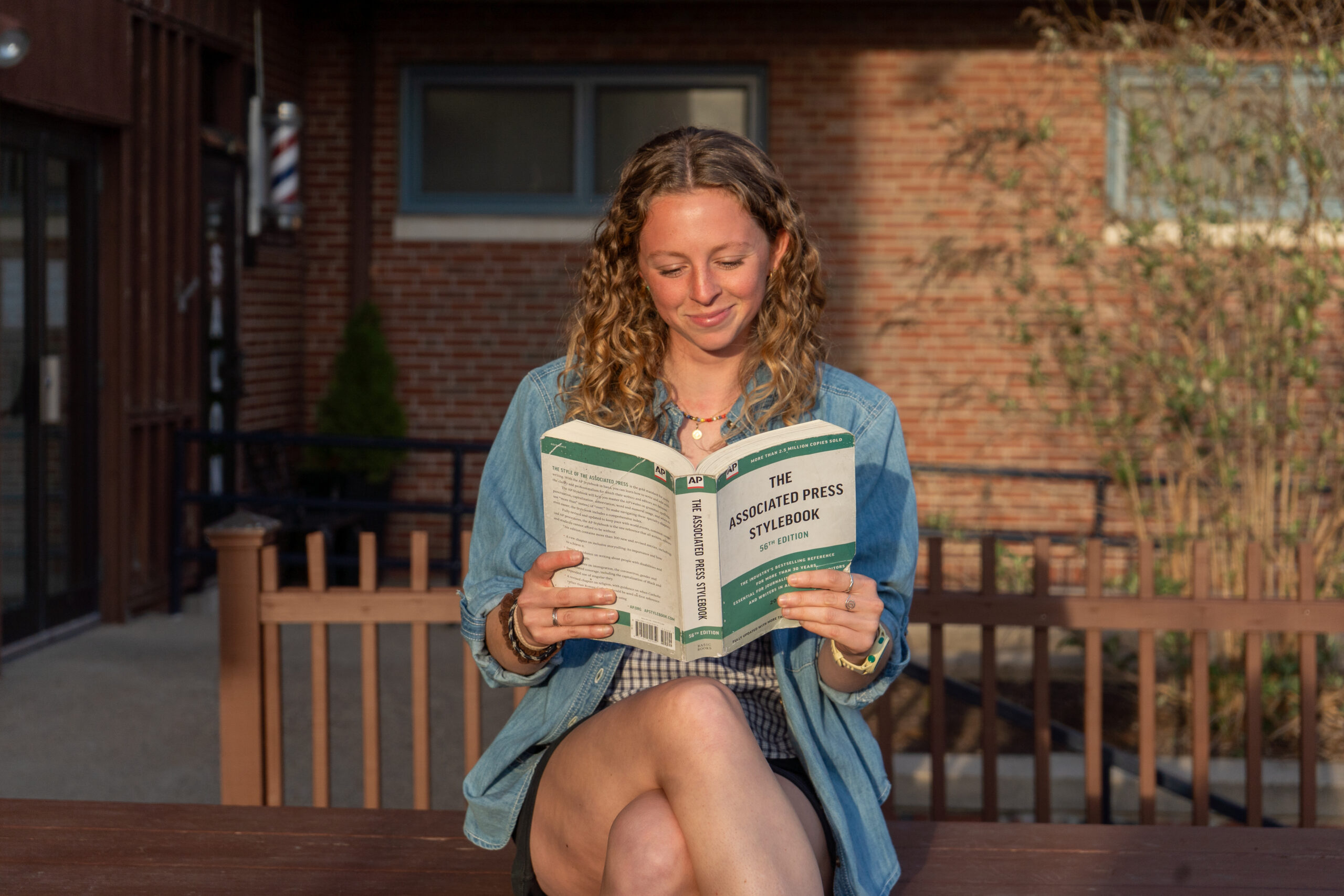by Mikhala Bornstein, Phoebe Colvin Oehmig, Mikayla Hyman, and Arielle Liu
It was 7 a.m. when we, 19 tired college students, reached our spots and plopped ourselves down along the bank of Peterson’s Creek in Yungaburra, Australia to search for the iconic platypus. Spotting a platypus was not as easy as it seemed but, if we were quiet enough, we could catch a glimpse of their mysterious duck-bill and webbed feet. As tedious as spending hours scanning the water with no sight of platypuses was, monitoring the platypus population, or lack
Finally! We saw the bubbles and a platypus emerged from beneath the murky water. We had spread out across 11 sites over 650 meters of the creek to record how many times we saw platypuses, where we saw them, and how long they remained underwater, which is indicative of their feeding habits. Only one burrow was seen in use out of six possible burrows. On average, platypuses were observed for 11 minutes 14 seconds. Every piece of information gave us more details about the platypus’ mysterious life.
We were not the first group of students to survey Peterson’s Creek in the early hours of the morning to assess the population of this unique creature and its feeding behavior. This site was also surveyed by college students in March of 2013, during which six platypuses were observed, and October of 2017 where the number of platypuses had increased to 10. However, much to our disappointment, only four individual platypuses were spotted when we came to the creek. Where were the platypuses?
The individuals we spotted were all near possible burrows, which were usually located near grass-covered banks. Over the years, it appeared that there had been a decrease in grass cover surrounding the river, which meant platypuses may have left Peterson Creek to create burrows elsewhere.
We also examined how long each platypus spent underwater compared to on the surface. The lower the dive time to surface time ratio, the greater the amount of eating time. We found a decrease in dive time to surface time ratio this year (3.8:1) compared to data collected by a past study abroad group at the same time of year in 2013 (4.3:1). This showed the observed decrease in platypus abundance was not likely due to a food shortage.
In 1995, a local grassroots organization revegetated Peterson Creek by planting rainforest trees to make it ecologically sustainable. Tree plantings had decreased sediment and chemical runoff and provided shade, thereby improving water quality. Now, the creek is a haven for platypuses, and a main attraction of the town. Hostels and restaurants alike emphasize the presence of platypuses at Peterson Creek. Farmers benefit as their cows can find shelter under the shade which increases the productivity of the local livestock. Community members gain access to a beautiful nature reserve.
Through the hard work of local Yungaburra denizens, Peterson Creek has become the keystone of a small town. Despite this hard work, numbers of platypuses are still fluctuating in an alarming manner. Grassroots community projects have the potential to positively impact the community, but they must be continually maintained and monitored. Right now, we need to invest resources to find out where Perry is and continually work to improve the homes of platypuses. Similarly, at URI, we need to continuously support Save The Bay, as grassroots environmental movements can help the ecosystem and the community.




